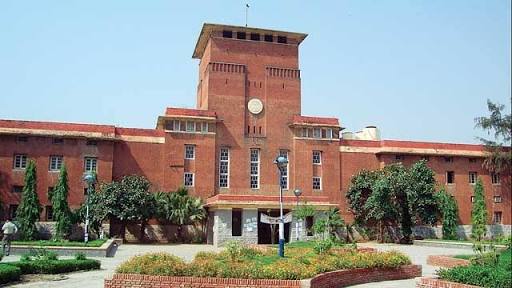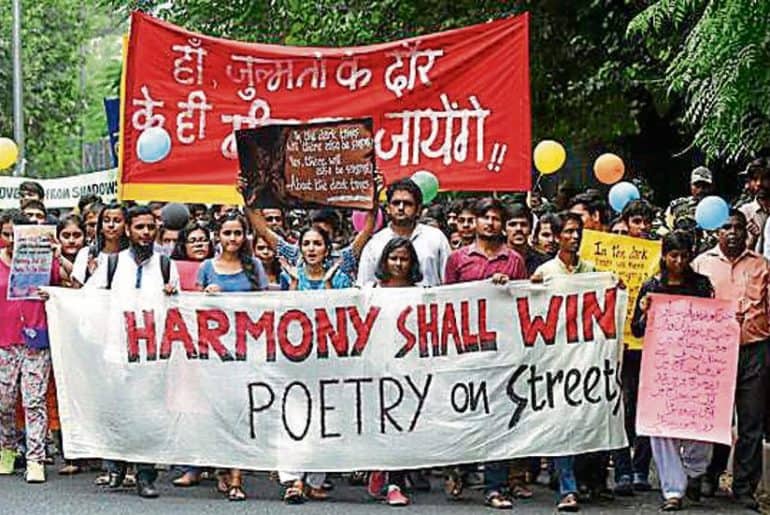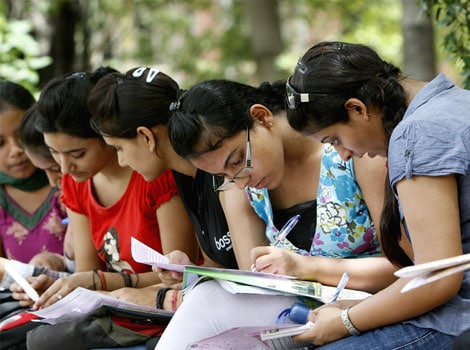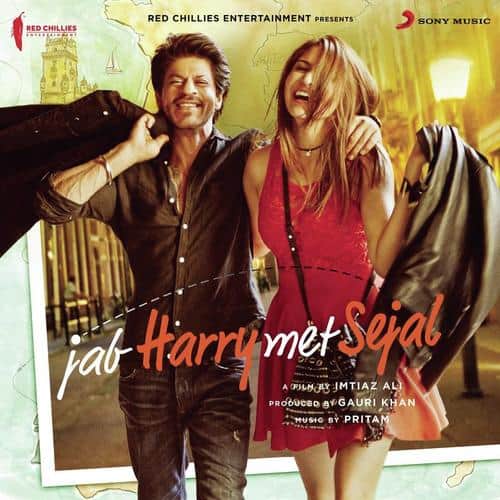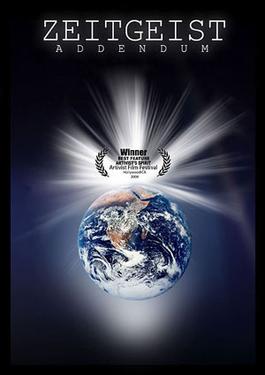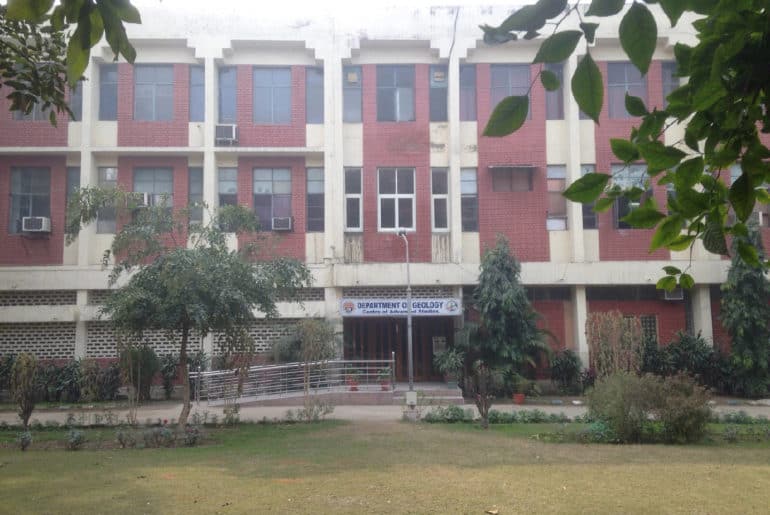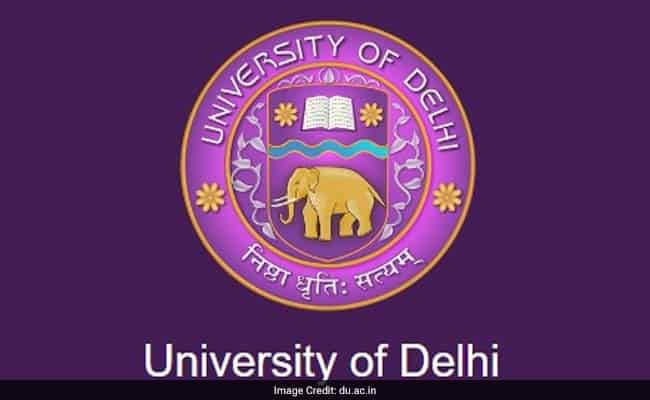Five departments, namely Chemistry, Geology, Zoology, Sociology and History, have been awarded the status of the Centres of Advanced Studies. These Centres have carved a niche for themselves as centres of excellence in teaching and research, in their respective fields.
Established in the year 1922, the University of Delhi has made its way to become the premiere institute of the country. It is known for its high standards in teaching and research, and attracts eminent scholars to its faculty. Ever since its inception, a strong commitment to excellence in teaching and research has made DU a role-model and path-setter for other universities. Its rich academic tradition has always attracted the most talented students who later on made important contributions to the society.
The university had a humble beginning with just 3 colleges, 2 faculties and about 750 students. At present however, there are 16 faculties, 86 academic departments, 77 colleges and 5 other recognised institutes spread all over the city, with 132435 regular students and 261169 students in the non-formal education programme.
It has come a long way since its inception, scaling new heights in research and teaching, leading to the University Grants Commission (UGC) awarding five of its departments the title of Centre of Advanced Studies. These departments are: Chemistry, Geology, Zoology, Sociology and History. The programme is intended to encourage the pursuit of excellence and teamwork in advanced teaching and research to accelerate the realization of international standards. The maximum limit of financial assistance for a period of five years is rupees 150 lakhs for Sciences and rupees 100 lakhs for the Humanities and Social sciences.
Department of Chemistry:
It was started in the year 1922. In June 1949, Professor TR Seshadri took over as head of the department and owing to his untiring effort, the research activities gradually increased. The department attained a formidable reputation in the international scene as one of the finest schools of chemistry. In 1965, the department of chemistry was recognized as a Centre of Advanced Study of Chemistry.
Department of Geology:
The Department of Geology in DU was introduced in 1966, and was inaugurated by Dr. C.D. Deshmukh, the Vice Chancellor of the university. Dr. A.G. Jhingran, after his retreat as Director General, Geological Survey of India, was offered the charge of founding this Department. The department has since then acquired distinction in teaching and research as well as for dissemination of geological knowledge, both at the national and international level. It is housed in two buildings adjacent to each other. The main three-storey building of the department houses the laboratories, classrooms, museum, auditorium and office of the Geology Department.
It was first recognised as a Centre of Advanced Study (CAS) 15 years back, and since then, has received the distinction 3 times in a row.
Department of Zoology:

The Department of Zoology is a constituent entity of the Faculty of Science, University of Delhi. Since its inception in 1947, it has been the foremost centre for learning in all aspects of Animal Sciences in India. Despite being one of the youngest departments, it was selected as the maiden CAS in Zoology by the UGC, in recognition for its outstanding research profile in 1963. It continues to hold the honour till date. Many extra mural funding grants were won by its faculties from different agencies like the WHO, Ford Foundation, USDA, USAID, CSIR, ICAR, DBT etc. Thus, it enhanced the research infrastructure and maintained its eminent position in the area of Animal Sciences.
Department of Sociology:
The Department of Sociology was established by the University of Delhi in 1959 as a constituent of the Delhi School of Economics. In 1968, the Department was recognised as a CAS in Sociology by the UGC. The Department has a coordinated programme of teaching and research covering a variety of fields, including some developed for the first time in the country. Studies have been published or prepared on community power structures, local-level politics, trade unions, co-operatives, textual and contextual studies of Hinduism, religious symbolism, family and kinship, and social and religious movements.
Department of History:
The department of history is a constituent of the Social Sciences faculty. The UGC has awarded the CAS status to the Department of History too.
Sandeep Samal
[email protected]
Image credits:
Department of Geology website
Department of Zoology website

